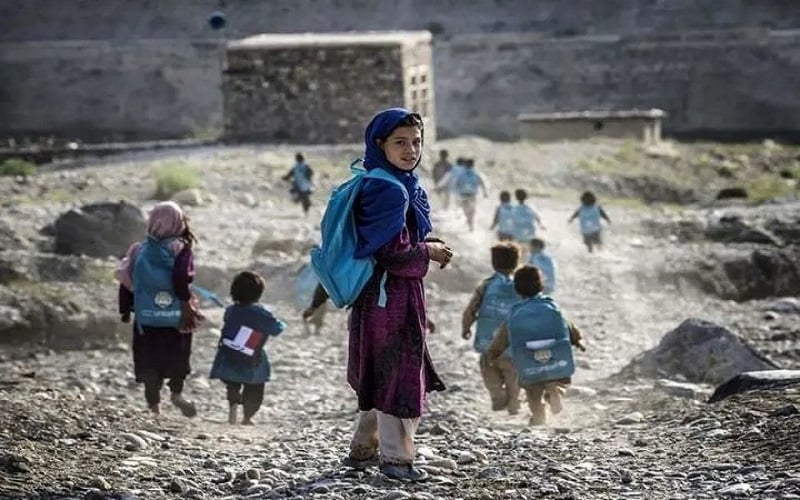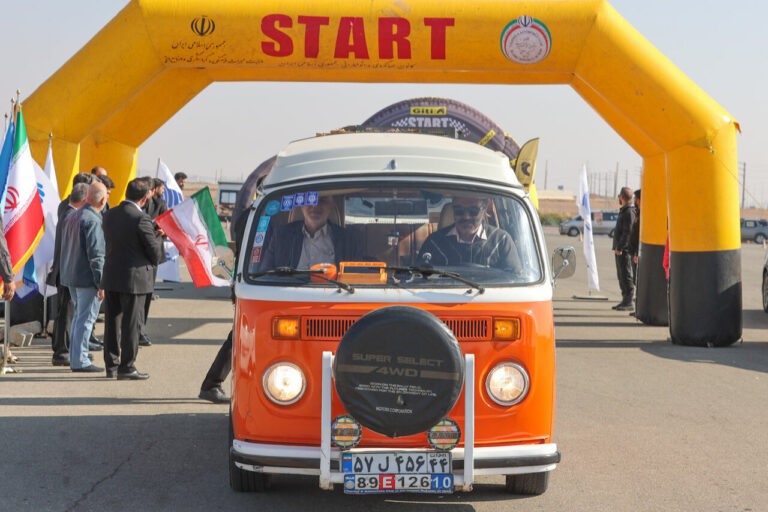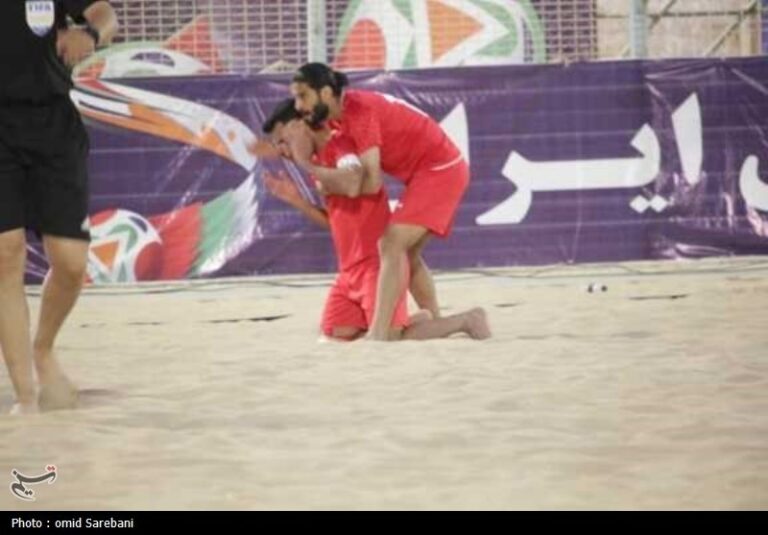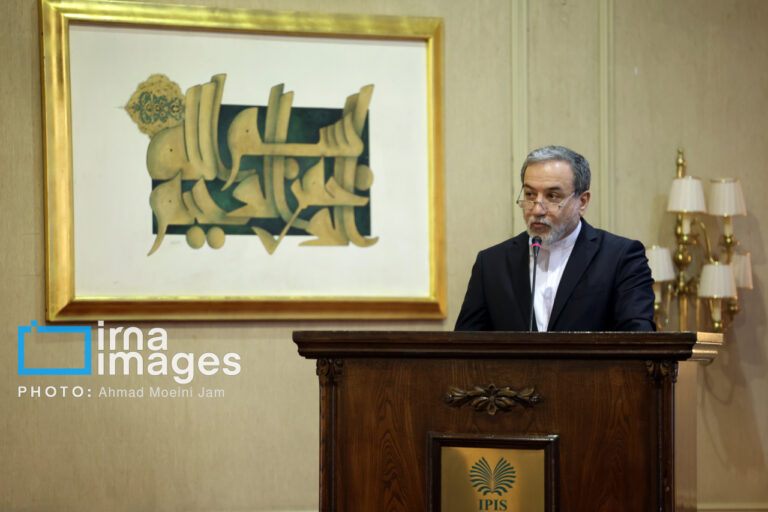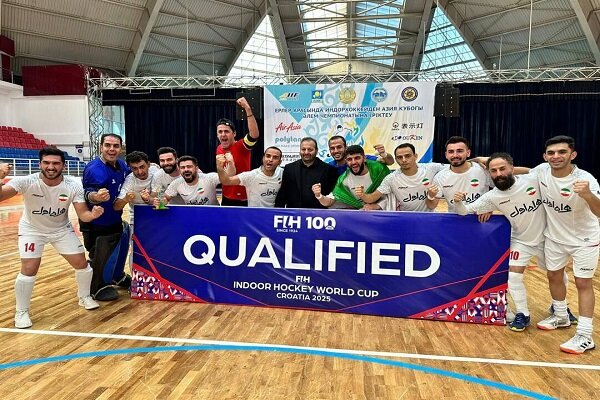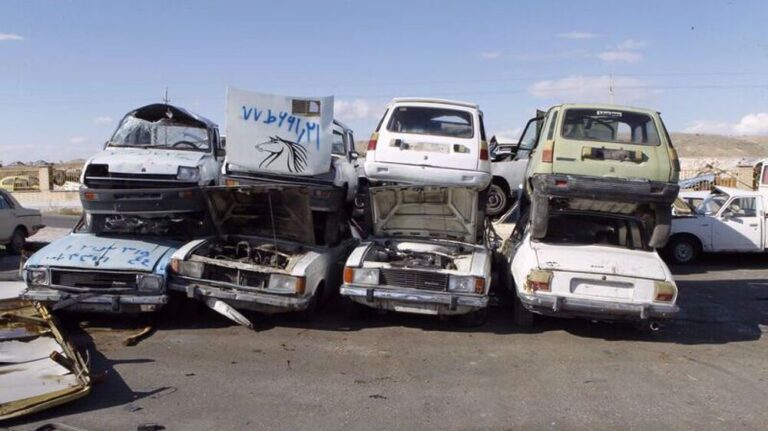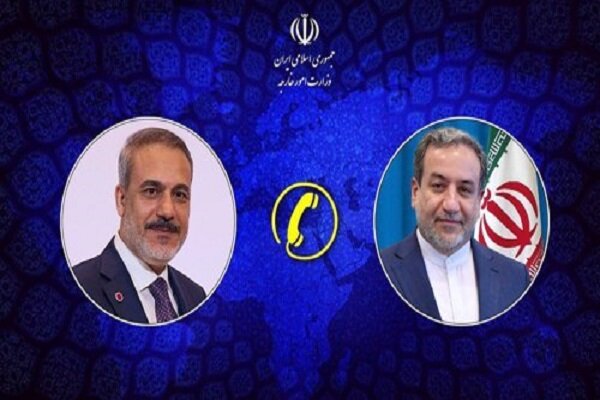Trapped in Poverty: Iran’s Children Face a Generation of Struggles
Recent reports on the state of Iranian children living in poverty reveal a harrowing reality that cannot be ignored. A staggering 23 million people exist within what can only be described as urban poverty traps, highlighting the critical situation that many families face in Iran. The findings, published by the state-run Ham-Mihan daily, shed light on the plight of children growing up in financially constrained environments.
According to data from the Ministry of Cooperatives, Labour, and Social Welfare, 38 percent of children in Iran live in impoverished households. The statistics from 2019 indicate a grim reality for families: nearly half of Iranian parents have not completed secondary education, with this figure soaring to 70 percent in provinces such as Sistan and Baluchestan. This lack of education severely limits job opportunities and perpetuates poverty across generations.
At a recent seminar commemorating International Family Day, Mahtab Hajimohammadi of the Iranian Peace Studies Scientific Association spoke about the multifaceted nature of childhood poverty. She noted that the challenges faced by children in underprivileged families extend beyond mere financial constraints. “Children in these families encounter serious obstacles that hinder their growth and access to essential services,” she warned. The political and social structures in place exacerbate these difficulties, further entrenching poverty and limiting opportunities.
Hajimohammadi highlighted that the absence of vital economic, social, cultural, and symbolic capital creates a situation where children are deprived of equal opportunities. This widening class divide, fueled by rising inflation and economic instability, presents a dire future for millions.
A Future Stolen by Poverty
The implications of poverty in Iran extend far beyond immediate financial hardships. A significant portion of the population, comprising 38 percent of children, lives below the poverty line, illustrating the depth of this crisis. These children are the silent victims of systemic mismanagement and inadequate social policies, trapping them in a cycle of poverty and violence.
From an early age, children in marginalized families are exposed to numerous risks, including:
- Malnutrition and lack of emotional support
- Early marriage and school dropout
- Neglect and potential physical and sexual abuse
This multidimensional deprivation not only impacts their financial status but also their access to education, healthcare, and essential services. Consequently, these children are forced to abandon their childhood far too soon.
UNICEF reports indicate a stark inequality in access to public services, such as education and healthcare, which entrenches the cycle of poverty. An estimated 2 to 7 million Iranian children are currently engaged in child labor under hazardous conditions, effectively denying them their right to education and perpetuating this generational poverty.
An Educational Emergency
The educational crisis in Iran serves as a critical warning for future generations. According to the Parliament Research Center, 42 percent of children suffer from educational poverty, a problem intricately linked to household economic struggles. Alarmingly, 41 percent of students fail to meet minimum global literacy standards, indicating a widening gap between affluent children and those from impoverished backgrounds.
With shrinking public education budgets and increased financial burdens on families, many children are being pushed out of the educational system. Data from the Statistical Center of Iran showed that in 2019, 38 percent of children under 18 lived in poor households—a figure that has continued to rise. Kamal Athari has voiced concerns over the lack of effective social policies and declining educational spending, which have exacerbated inequalities, depriving children of essential opportunities and threatening the future of the nation.
A System That Fails Its Children
Poverty in Iran transcends mere economic issues; it is a direct outcome of systemic mismanagement by the ruling regime. Instead of investing in the well-being of its people, the government has squandered national resources through corruption and ideological pursuits.
The absence of a functional welfare state has intensified class and gender inequalities, leaving vulnerable groups—particularly children—in precarious situations. Afghan refugee children and those from remote areas face additional discrimination, compounding their struggles.
Economic policies that foster marginalization and social exclusion have also led to increased instances of child labor, early marriage, and juvenile delinquency. Reports confirm that many working children suffer from various health issues, malnutrition, and abuse, yet the government has failed to implement any comprehensive solutions.
A Call for Change
The cries of Iranian children, echoing from the depths of poverty, carry a poignant message: the current regime has stolen their futures. By prioritizing ideological goals over the well-being of the populace, it has created a nation where children bear the weight of a failing system.
This regime has not only neglected its most vulnerable citizens but has actively contributed to their suffering. The growing demand for change among the Iranian populace is not merely a political movement; it is a desperate call to reclaim the futures of millions of children.
